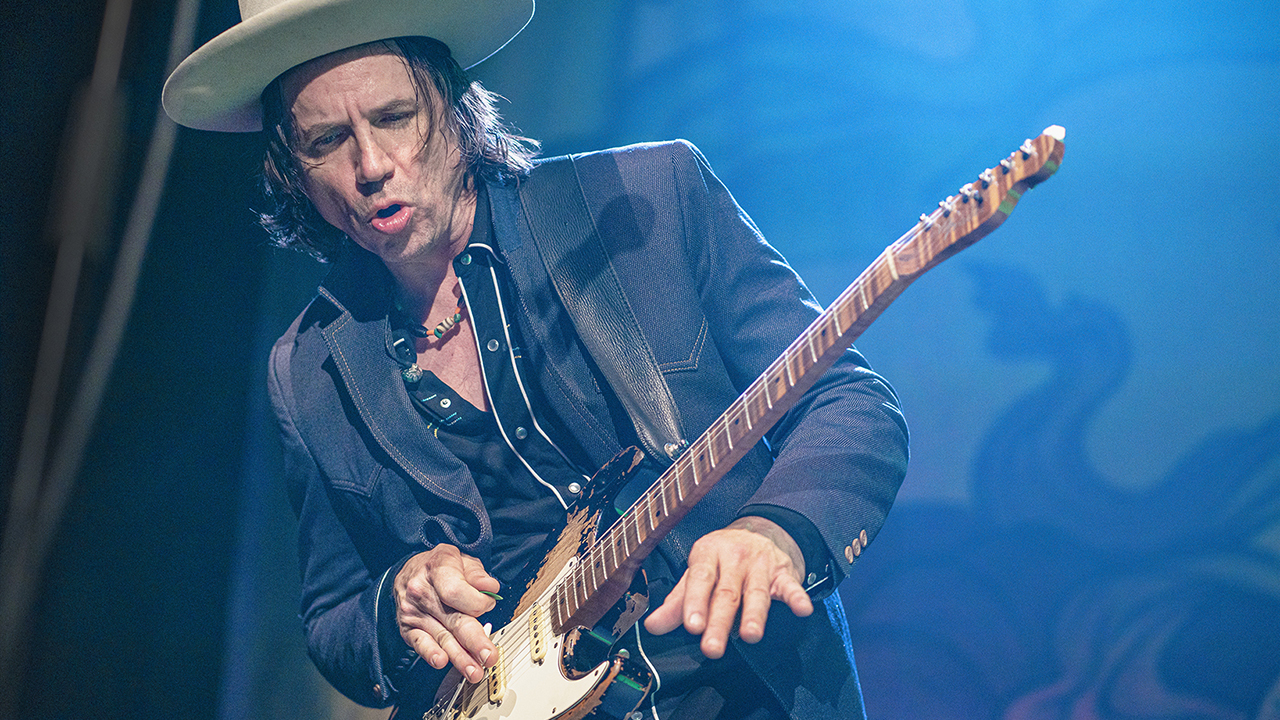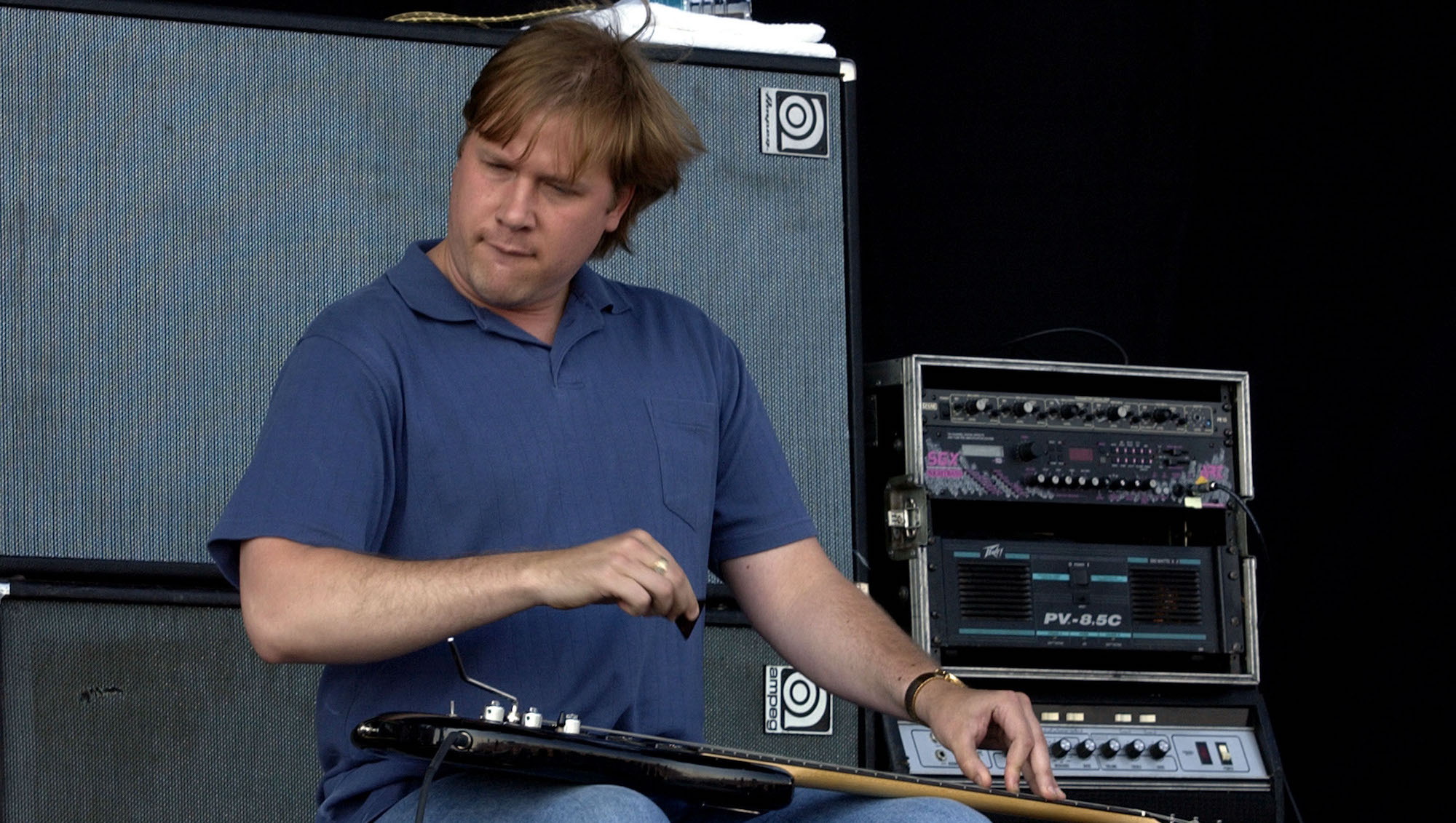John Lennon Gibson Jumbo Auction: Seller to Split Windfall with Yoko's Charity
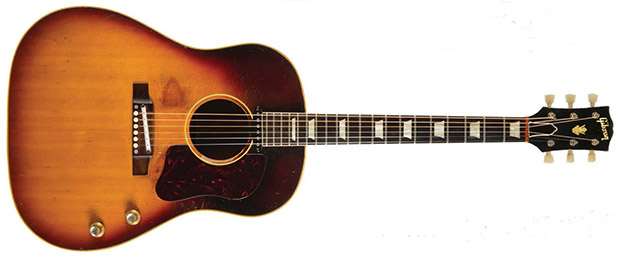
John and Yoko—John McCaw, that is, a 69-year-old San Diego contractor who's had possession since 1969 of one of the most sought-after Beatles guitars John Lennon ever owned—will split the proceeds of what could be a million-dollar windfall when the Gibson J-160E goes to auction in Los Angeles November 7. Ono will donate the entirety of her proceeds—approximately 50 percent of the auction price—to her Spirit Foundation.
The participation of Yoko Ono and the Spirit Foundation has been kept under wraps until now. In a statement approved by Ono and released exclusively to Guitar World, Darren Julien, owner of Julien's Auctions, confirmed Ono's involvement.
“Yoko is donating 50 percent of the profit to the Spirit Foundation,” Julien said in the brief statement. The Spirit Foundation is Ono's charitable arm, known primarily for building schools in Africa and Asia.
Julien said neither he nor Ono would have further comment.
The guitar is without question one of the most significant instruments in rock history. One of two nearly identical 1962 Gibson J-160E acoustic-electric guitars purchased on September 10, 1962, by Beatles manager Brian Epstein for Lennon and George Harrison, the soon-to-be-auctioned guitar was used by Lennon to co-compose (with Paul McCartney) such early Beatles classics as “I Saw Her Standing There,” “She Loves You,” “I Want to Hold Your Hand” and “All My Loving.”
Lennon's earliest known use of the guitar was during the Abbey Road recording sessions of September 11, 1962, when the Beatles—with Ringo Starr having recently replaced original drummer Pete Best—recorded “Love Me Do” and “P.S. I Love You.”
How the guitar found its way to McCaw is a tale that has addressed—at least in part—one of the most enduring mysteries vexing Beatlemaniacs since 1963. Though the guitar—a Gibson Jumbo, with a Sunburst spruce finish and P-90 single-coil pickups—produced a collection of tunes that would change the course of rock history, Lennon used the guitar for a relatively brief period.
Get The Pick Newsletter
All the latest guitar news, interviews, lessons, reviews, deals and more, direct to your inbox!
After one of the Beatles' legendary 1963 holiday concerts at the Finsbury Park Astoria Theater in London, the instrument was apparently left behind by the band's longtime roadie Mal Evans, who would later recall the moment “when I lost John's guitar” as the lowest point in his early Beatles career. Lennon would occasionally tease Evans (who died in 1976), “Mal, you can have your job back as soon as you find my guitar.”
The next four years in the guitar's life are a mystery, but it resurfaced in 1967 at a San Diego guitar shop called the Blue Guitar, a popular hub of the city's burgeoning folk, rock and bluegrass scene. Most likely taken as a trade-in (no one associated with the store then or now remembers who brought the guitar in, nor do any written records remain, and certainly no one knew of the instrument's significance), the Gibson was purchased for $175 by a young man named Tommy Pressley, a then-21-year-old carpenter's apprentice and bluegrass player who frequented the shop. Two years later and needing money for a move, Pressley sold the guitar for the same price to his childhood friend, John McCaw.
McCaw, a still-working contractor in the San Diego area, played the instrument off and on over the next four decades, though he admits it often stayed on his wall or in a closet. “What you see today,” he says about the scratched guitar, “is exactly the way it looked the day I bought it 46 years ago. All the little dents and nicks and dings that you see were all there.”
In April 2014, McCaw, who had resumed his musical avocation, had just completed a group guitar lesson at San Diego's Sanctuary Art and Music Studio when he noticed a 2012 copy of Guitar Aficionado magazine with George Harrison's son Dhani on the cover. Inside was a photo of George's 1962 Gibson J160-E (still owned by the Harrison Estate). Noticing the closeness of the serial numbers, McCaw and Marc Intravaia, the studio owner and friend, contacted Beatles Gear author Andy Babiuk, who examined and authenticated the instrument as the missing Lennon instrument. (The guitar will be included on the cover of Babiuk's revised Beatles Gear—The Ultimate Edition, available November 10.)
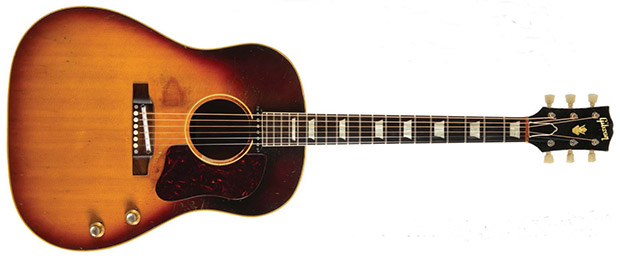
“It was at that point that I realized I can't keep the guitar,” McCaw says. “It's too big for me. It's not going to fit in my house anymore.”
The announcement of the auction last June prompted considerable online debate among Beatles fans as to the legal and/or ethical ownership of the guitar. Was it stolen property or finder's keepers? Had all pertinent statutes of limitations, either in London, San Diego or both, expired? Would the litigious Ono sic her legal team on a nearly retired man of modest means? Asked recently whether he'd heard from Lennon's widow, McCaw would say only, “There's nothing I know of that will hinder the sale of the guitar.”
The confirmation of Ono's involvement by auction house owner Darren Julien appears to put any lingering legal questions or potential lawsuits to rest. The Gibson J160-E, serial number 73157, will be the centerpiece of Julien's Auctions' “Icons and Idols: Rock n' Roll 2015” on November 7, along with the hand-painted bass drumhead used during the Beatles' first appearance on The Ed Sullivan Show, among other Beatles items. The auction catalogue lists a conservative estimated price for the guitar of $600,000 to $800,000.
For the record, Epstein, according to Babiuk, paid £161.05 for each of the Lennon/Harrison Gibsons in ’62, about $450 then, $4,600 today.
A more comprehensive history of the lost Lennon guitar will appear in the January 2016 issue of Guitar World.

“The most convincing acoustic tone from an acoustic electric that we’ve yet heard”: LR Baggs AEG-1 review
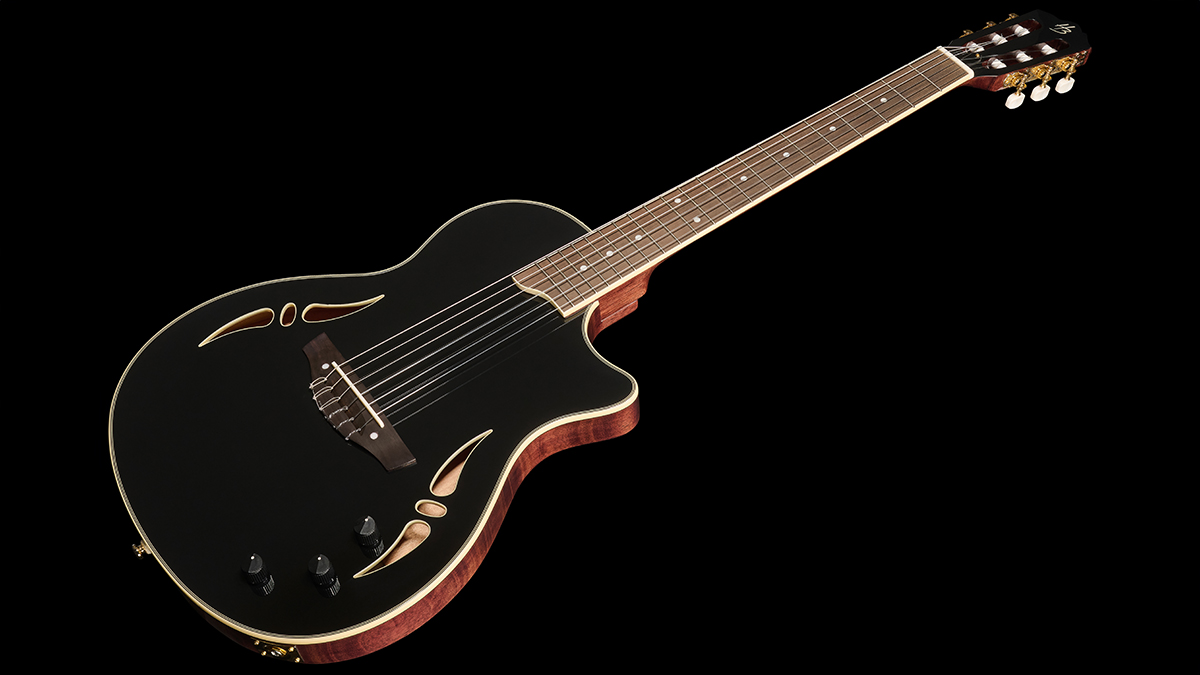
“A classical guitar for the modern era, with all the specifications expected by the seasoned player”: Harley Benton seizes on the Polyphia-led nylon-string revival with a versatile acoustic-electric for under $300
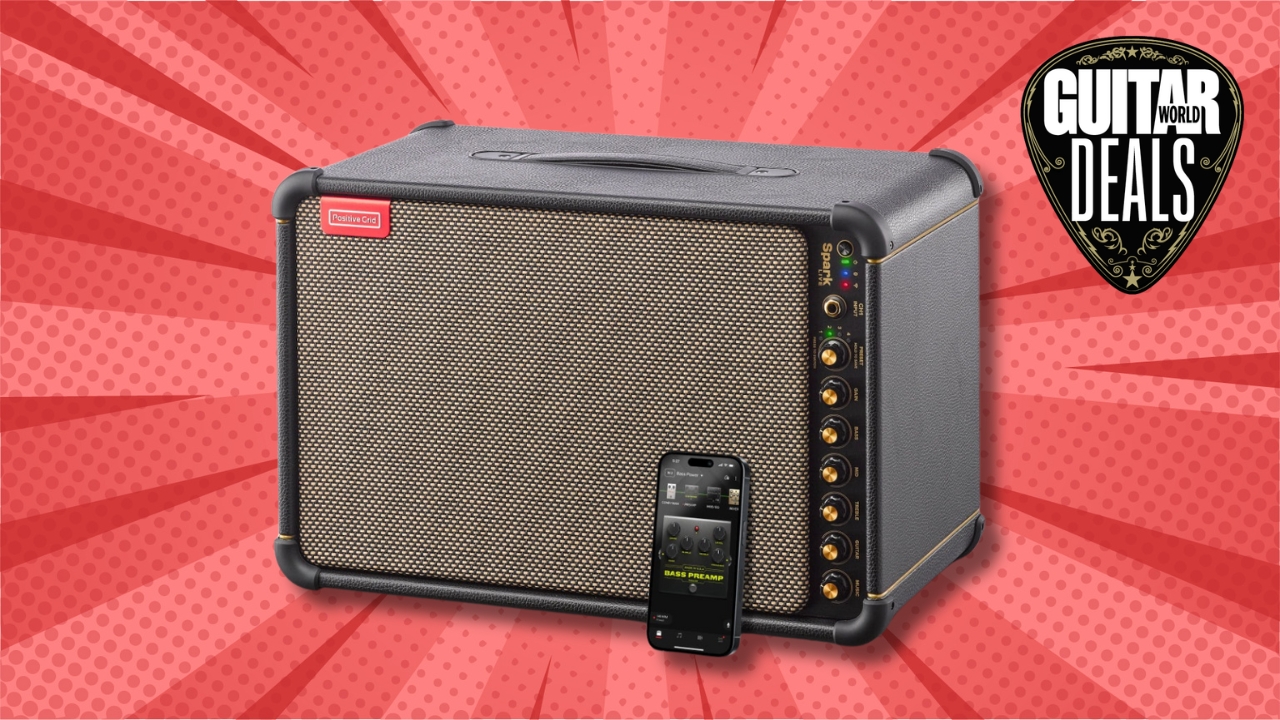



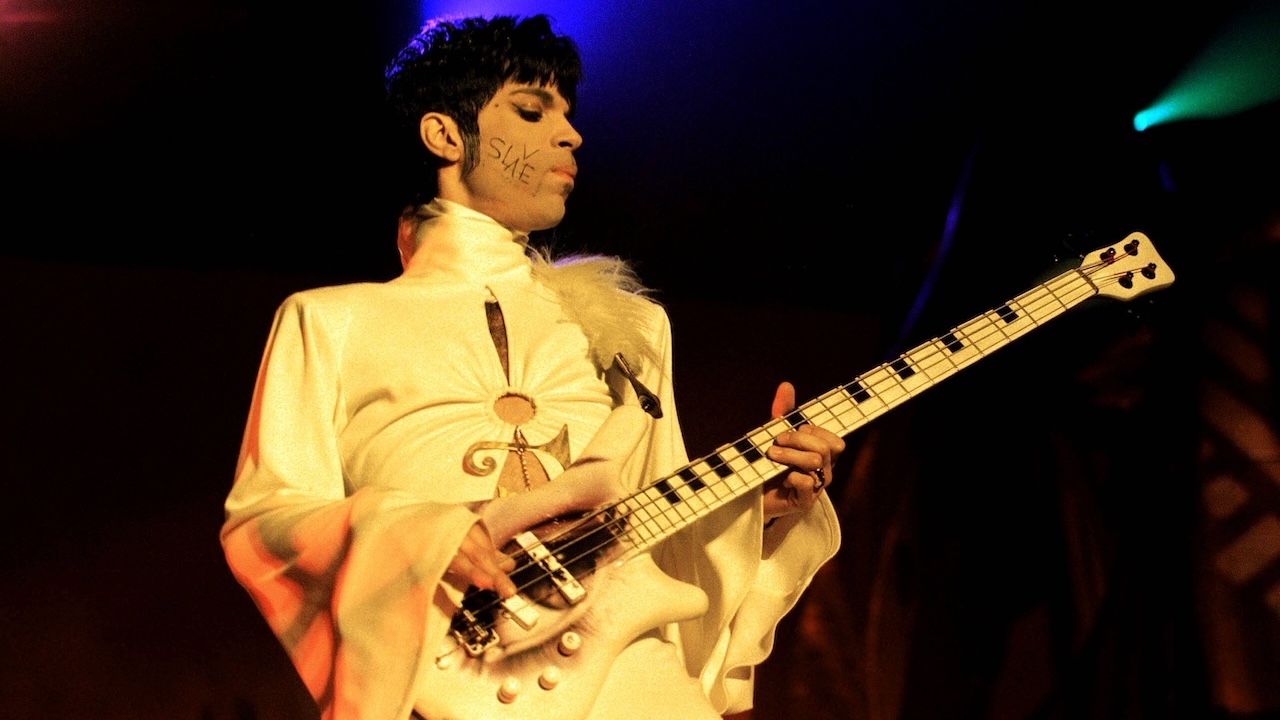
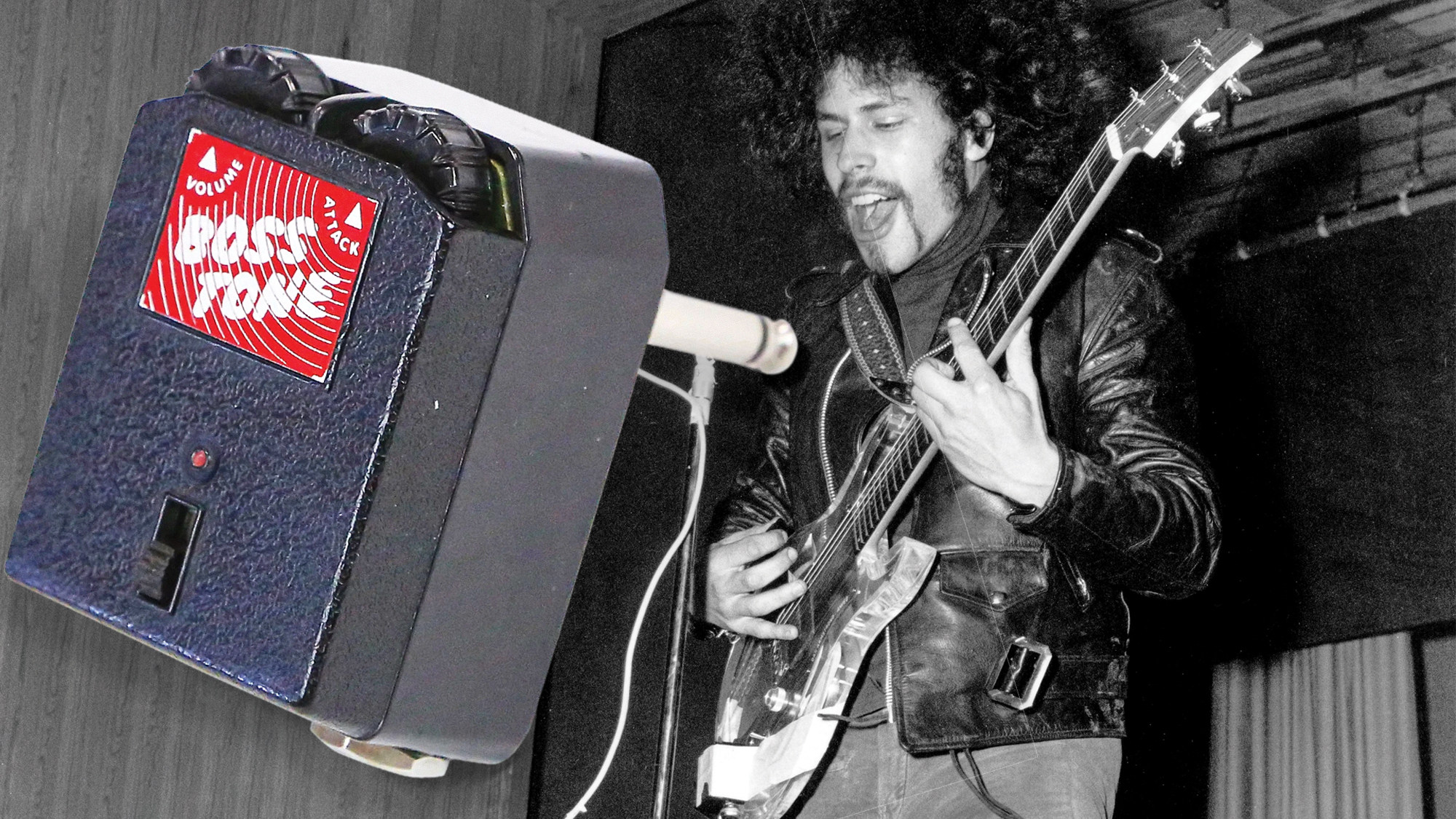
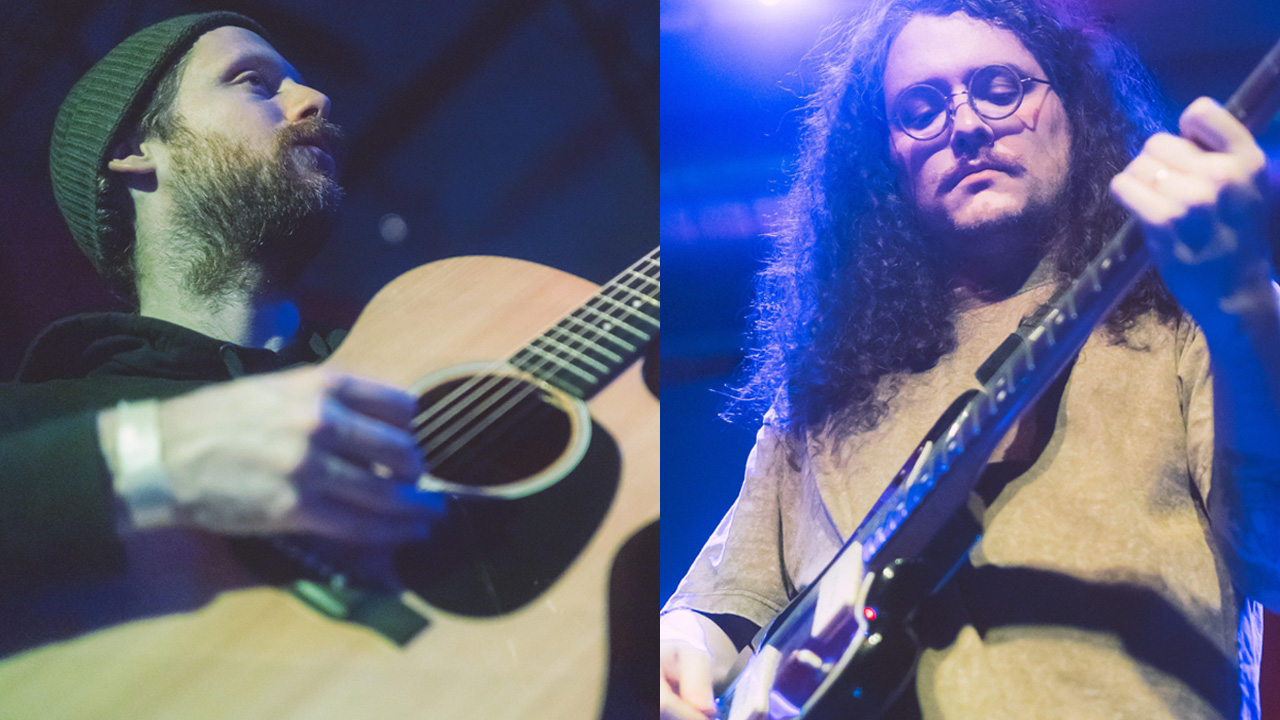
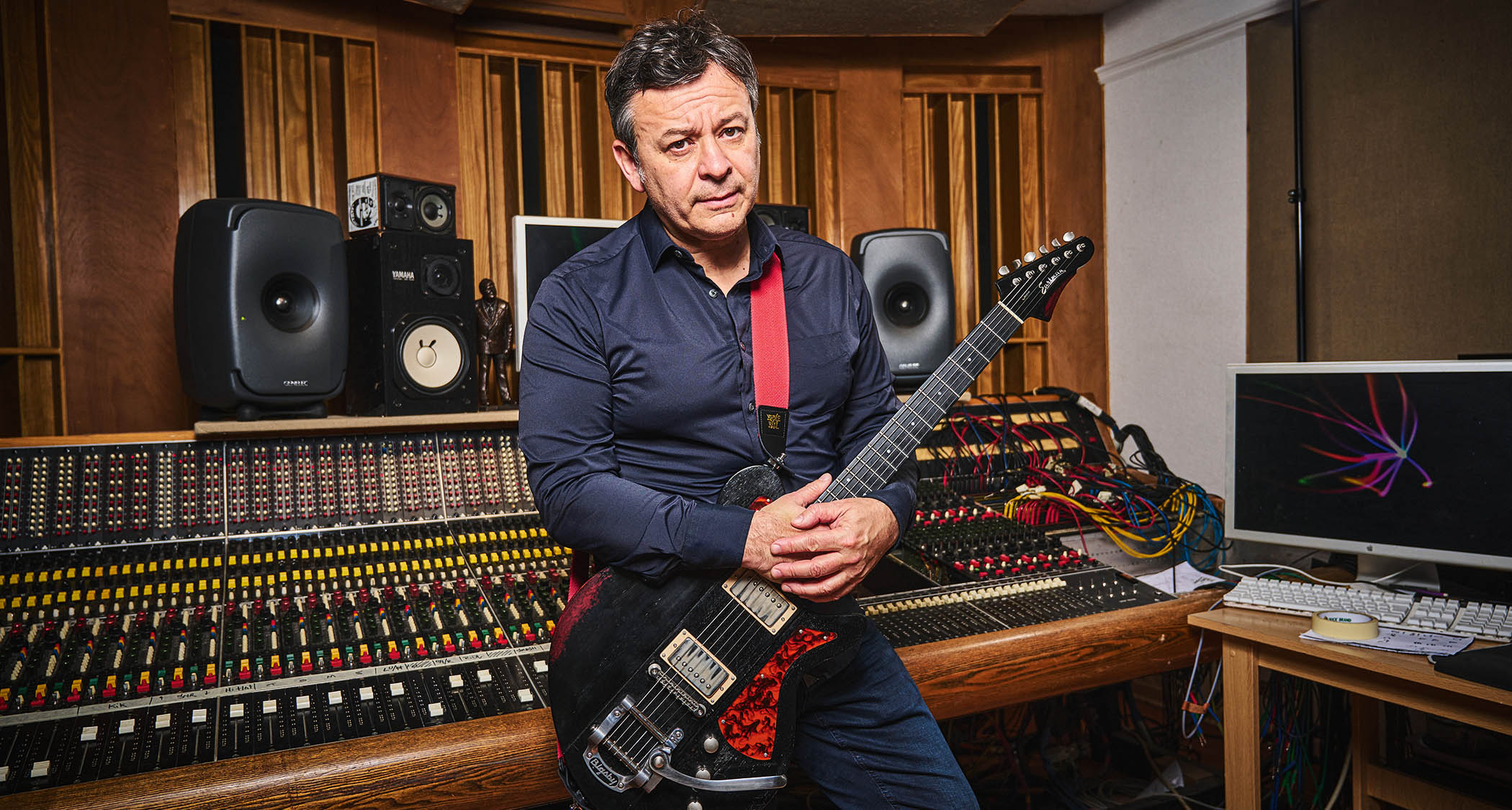
![The Grateful Dead: Pigpen [left] and Jerry Garcia in action at Santa Clara County Fairgrounds in San Jose, May 18, 1968.](https://cdn.mos.cms.futurecdn.net/SiXNMdzjN4PJYWg6TaRqwg.jpg)
